Ultimate Yarn Weight Chart for Beginners: Easy to Follow
A yarn weight chart is a useful tool for knitters and crocheters to determine the thickness of the yarn they are using. This chart categorizes yarn into different weights based on their thickness, which can range from lace weight to super bulky.
Each weight category has a recommended hook or needle size and gauge, which helps in selecting the right yarn for a particular project.
The yarn weight chart is particularly helpful for beginners who are just starting to learn how to knit or crochet. It can be overwhelming to choose the right yarn for a project, especially when there are so many options available.
I needed this when I began because it was SO confusing and some of my projects were too light and some too bulky.
By referring to the chart, you can easily determine the weight of the yarn you need and select the appropriate hook or needle size. This ensures that you finished project will have the correct size and tension.
This is the yarn weight chart I, personally, found and use. I keep it on my computer and use it when I look at patterns.
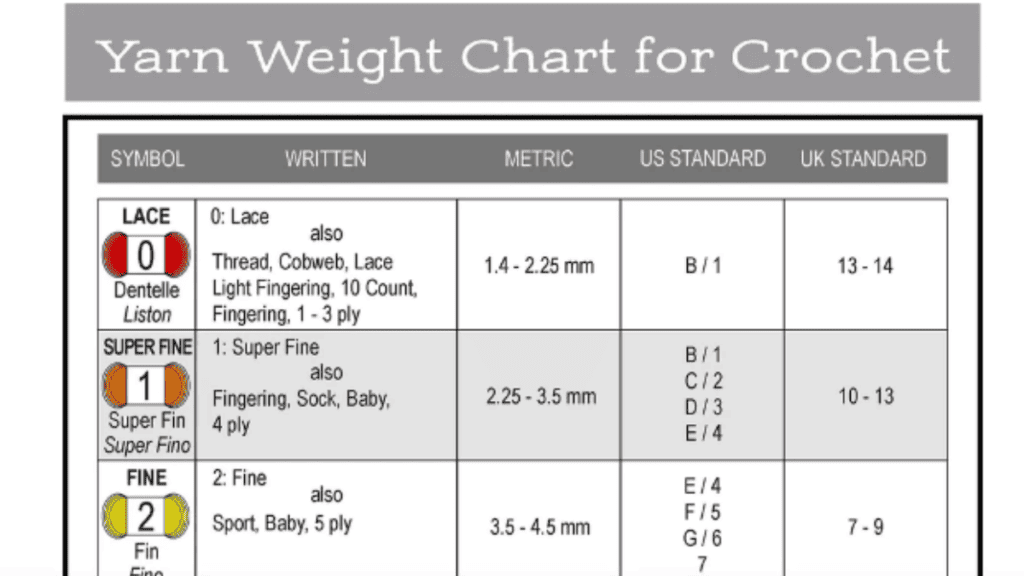
Table of Contents
Yarn Weight Chart

Understanding Yarn Weights

Yarn weight is an important consideration when choosing yarn for a project. The Craft Yarn Council has established a standard yarn weight system that classifies yarn into seven categories based on its thickness and weight.
Each yarn weight category has a range of yarn weight numbers that correspond to the thickness of the yarn. The higher the number, the thicker and heavier the yarn.
For example, a yarn in the lace weight category will have a yarn weight number of 0, while a yarn in the super bulky category will have a yarn weight number of 6.
Here are the different yarn weight categories and their corresponding yarn weight numbers:
- Lace weight (0)
- Super fine (1)
- Fine (2)
- Light (3)
- Medium (4)
- Bulky (5)
- Super bulky (6)
Understanding yarn weight is important because it can affect the drape, stitch definition, and overall look of a project.
For example, a project that requires a lot of drape may require a lighter weight yarn, while a project that requires more structure may require a heavier weight yarn.
When choosing yarn for a project, it’s important to check the yarn weight category and yarn weight number to ensure that the yarn is suitable for the project.
Some patterns may also specify a specific yarn weight or yarn weight number.
Types of Yarn Weights
Yarns come in various weights, which determine the thickness of the yarn. The weight of the yarn is indicated on the yarn label, and it is essential to choose the right weight for your project. Here are the different types of yarn weights:
Light Yarns
Light yarns are also known as super fine or fingering weight yarns. They are the lightest weight of yarn and are perfect for delicate projects such as lacework, shawls, and baby clothes.
Some popular light yarns include:
- Lace weight yarns
- Light fingering yarns
- Super fine yarns
Medium Yarns
Medium yarns are also known as worsted weight yarns. They are the most commonly used yarn weight and are perfect for a wide range of projects, including sweaters, blankets, and accessories.
Some popular medium yarns include:
- DK weight yarns
- Sport weight yarn
- Aran yarns
- Worsted weight yarn
Heavy Yarns
Heavy yarns are also known as bulky or chunky weight yarns. They are thicker than medium yarns and are perfect for making warm and cozy projects such as hats, scarves, and blankets.
Some popular heavy yarns include:
- Bulky yarn
- Chunky yarns
- Rug yarns
Specialty Yarns
Specialty yarns are unique and come in a variety of weights. They are perfect for adding texture and interest to your projects.
Some popular specialty yarns include:
- Sock yarns
- Baby weight yarns
- Jumbo yarns
Overall, choosing the right yarn weight is crucial for the success of your project. Make sure to check the label for the weight category and choose a yarn that fits your project’s needs.
How To Read Yarn Labels
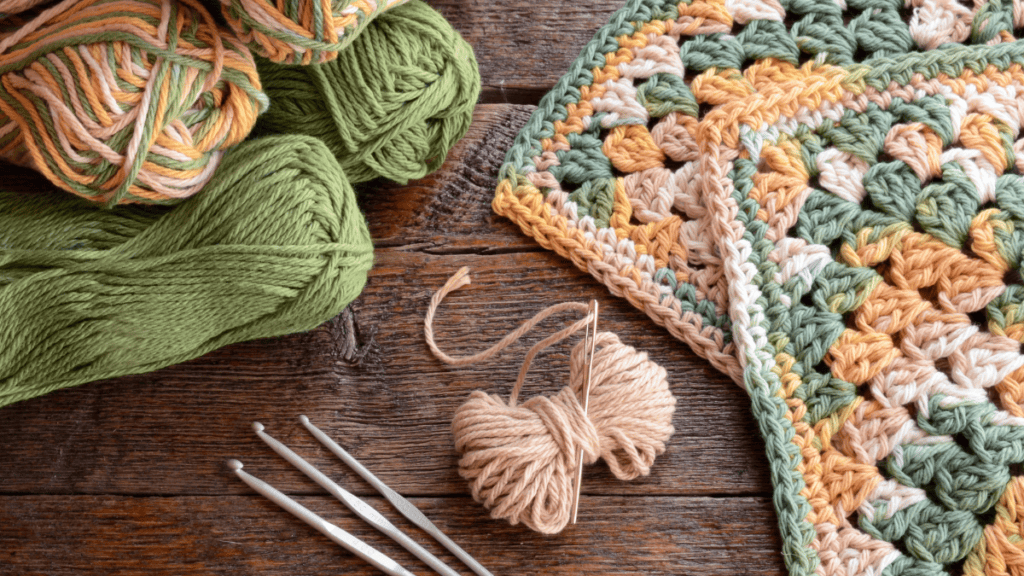
When starting a new knitting or crocheting project, it’s important to understand the information provided on the yarn label. This can help ensure that the yarn you choose is suitable for your project and that you achieve the desired results.
Yarn Label
The yarn label provides important information about the yarn, such as the weight, recommended gauge, gauge range, fiber content, and more. This information can be found on the ball band, which is typically attached to the yarn.
Yarn Weight
The weight of the yarn refers to how thick or thin the yarn is. Yarns are classified into different weight categories, such as lace, fingering, sport, worsted, bulky, and super bulky. The weight of the yarn can affect the drape, texture, and warmth of the finished project.
Recommended Gauge
The recommended gauge is the number of stitches and rows per inch that should be achieved when working with the yarn. This information can help you select the appropriate needle or hook size for your project and ensure that the finished project matches the intended dimensions.
Gauge Range
The gauge range provides a range of acceptable gauges for the yarn. This means that the yarn can be used with a variety of needle or hook sizes to achieve different effects. However, it’s important to note that using a different gauge than recommended can affect the overall appearance and fit of the finished project.
Fiber Content
The fiber content of the yarn can affect its durability, softness, and care instructions. Common fiber types include wool, cotton, acrylic, and silk. It’s important to consider the fiber content when selecting a yarn for your project, as different fibers may be better suited for different types of projects.
Ball Band
The ball band provides additional information about the yarn, such as the dye lot, yardage, and care instructions. It’s important to keep the ball band with the yarn until the project is complete, as it can be used as a reference for future projects or if additional yarn is needed.
Overall, understanding the information provided on the yarn label can help ensure a successful knitting or crocheting project.
Choosing the Right Yarn
When it comes to choosing the right yarn, there are a few things to consider. The thickness of the yarn, also known as the yarn weight, is an important factor. The correct yarn weight will ensure that your project turns out the way you want it to.
It’s important to note that different yarn weights require different recommended hook sizes. So, if you’re using a pattern that specifies a certain hook size, make sure you choose a yarn that has a recommended hook size that matches.
Another thing to consider is the fiber content of the yarn. The best yarn for your project will depend on what you’re making and what you want the finished product to look and feel like. Some popular yarn fibers include wool, cotton, acrylic, and alpaca.
If you’re not sure what yarn to use, you can always consult a yarn weight chart. This chart will give you an idea of the correct yarn weight for your project, as well as recommended hook sizes and other useful information.
If you can’t find the exact yarn specified in a pattern, don’t worry! You can always substitute yarn as long as you choose a yarn that has a similar weight and fiber content.
Just make sure to check the recommended hook size and adjust your gauge accordingly per the yarn weight chart.
In summary, choosing the right yarn involves considering the thickness of the yarn, recommended hook size, fiber content, and consulting a yarn weight chart if necessary.
By taking these factors into account, you’ll be able to choose the best yarn for your project and ensure that it turns out the way you want it to. Don’t forget to download the handy yarn weight chart so you always have a reference chart.
Knitting vs Crochet
When it comes to yarn weight, different projects require different considerations for knitting and crochet. Here are some things to keep in mind:
- Needle size and crochet hook size: The recommended needle or hook size for a yarn weight is a good starting point, but it’s important to adjust depending on the project. For example, a tighter gauge may be necessary for a sweater, while a looser gauge may be preferable for a shawl or blanket.
- Number of stitches: The number of stitches needed for a project will depend on the gauge and the desired finished size. It’s important to swatch and adjust as necessary to achieve the correct stitch count.
- Knitting projects: Heavier yarn weights, such as bulky and super bulky, are great for quick projects like hats and scarves. Lighter weights, such as lace and fingering, are better suited for delicate shawls and intricate stitch patterns.
- Crochet patterns: Like knitting, crochet projects can vary in weight and complexity. Heavier yarn weights work well for blankets and afghans, while lighter weights are ideal for lacy shawls and delicate doilies.
- Knitting patterns: When choosing a knitting pattern, it’s important to consider the recommended yarn weight and gauge. Substituting a different weight or adjusting the gauge can drastically alter the finished product.
- Crochet projects: Crochet projects can often be adjusted more easily than knitting projects, as the stitch height and width can be manipulated more easily. This allows for more flexibility in choosing a yarn weight and hook size.
- Larger needles and hooks: Using larger needles or hooks can create a looser fabric with more drape, while smaller needles or hooks create a tighter, denser fabric. This can be useful for achieving different effects in a project.
Overall, it’s important to consider the yarn weight and gauge when starting a knitting or crochet project, but also to be willing to adjust and experiment as necessary to achieve the desired result.
Yarn Weight Conversion Chart

Download Yarn Weight Conversion Chart
When it comes to purchasing yarn, it’s important to understand the different yarn weights and sizes to ensure that you’re getting the right amount of yarn for your project. Luckily, there are handy yarn weight charts available that can help you convert between different yarn weights and sizes.
One of the most popular yarn weights is double knit (DK) weight, which is a medium weight yarn that is perfect for a variety of projects, including sweaters, scarves, and hats. You can see that on the yarn weight chart.
DK weight yarn typically comes in 50g or 100g skeins, and each skein contains different amounts of yardage depending on the brand and type of yarn.
When shopping for yarn, it’s important to pay attention to the yarn weight and yardage to ensure that you’re getting enough yarn for your project.
Different sizes of yarn can vary greatly in terms of how much yarn is needed for a project, so it’s important to check the pattern or use a yarn calculator to determine how much yarn is needed.
Using a yarn weight conversion chart can also be helpful when shopping for yarn, as it allows you to easily convert between different yarn weights and sizes. This can be especially helpful if you’re using a pattern that calls for a specific yarn weight that you don’t have on hand.
Overall, understanding yarn weight and size is essential when it comes to purchasing yarn for your projects.
By using a handy yarn weight chart and paying attention to the yardage and weight of the yarn, you can ensure that you’re getting the right amount of yarn for your project and avoid running out of yarn mid-project.
Yarn Weights
Yarn weights can vary across different countries, making it important to understand the differences when working on a project. Here is a breakdown of yarn weights in different countries:
United States
In the United States, yarn weights are categorized into seven different categories, ranging from lace weight (the thinnest) to jumbo weight (the thickest). Each category has a recommended gauge range and needle size.
Different Countries
In other countries, yarn weights may be categorized differently. For example, in the United Kingdom, yarn weights are categorized into four different categories, ranging from 2-ply (the thinnest) to chunky (the thickest).
In Australia, yarn weights are categorized into eight different categories, ranging from 3-ply (the thinnest) to jumbo (the thickest).
Yarn Industry
The yarn industry has recognized the need for standardization and has created the Craft Yarn Council, which has developed a standardized system for yarn weight classification.
This system is used by many yarn manufacturers and retailers in the United States and other countries.
Understanding the different yarn weight classifications in different countries can help ensure that your project turns out as expected. It is important to refer to the recommended gauge range and needle size for the specific yarn weight you are using to achieve the desired outcome.
Crochet Patterns
Now that you have downloaded the yarn weight chart, you are ready to tackle your first crochet patterns. Here are a few of our favorites:
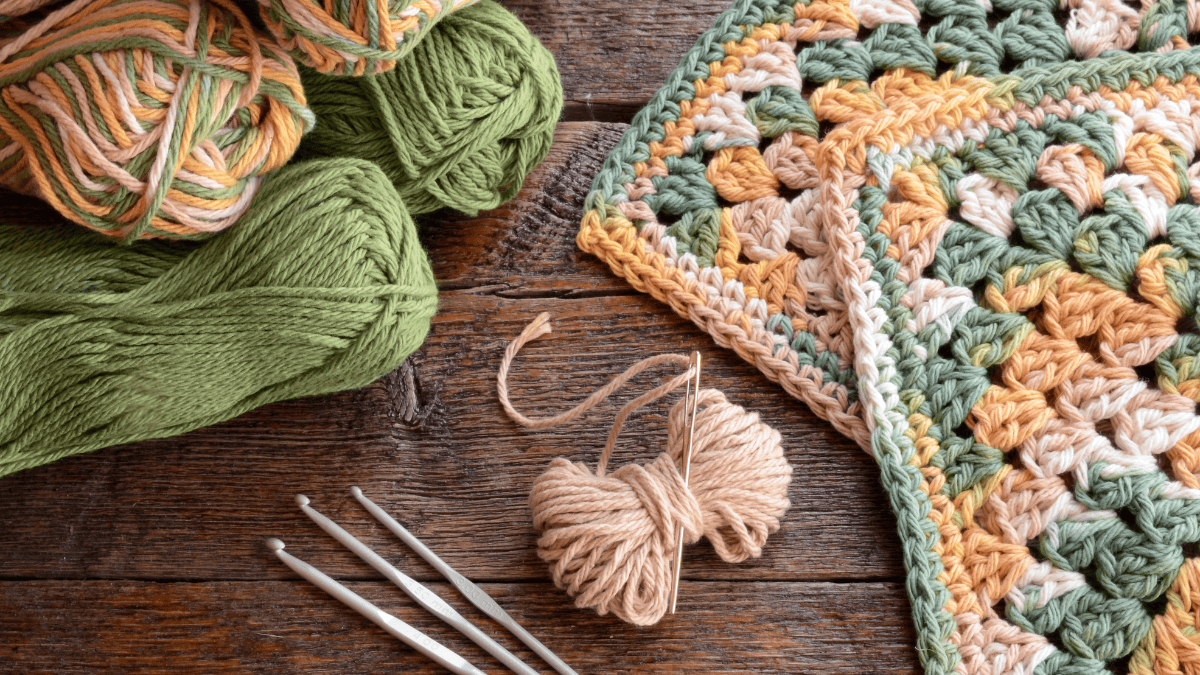



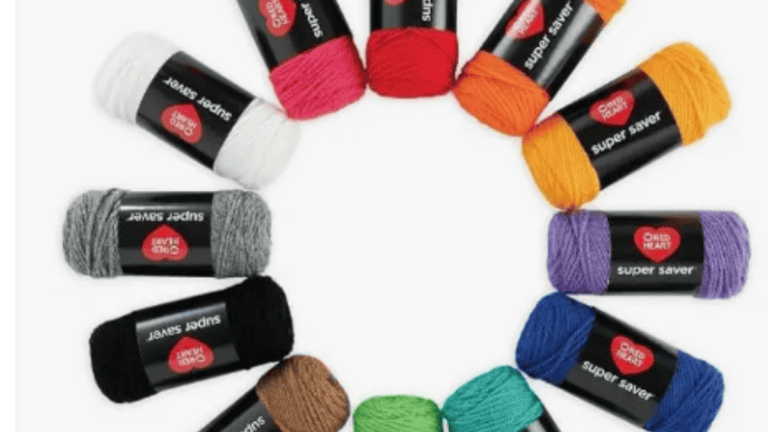

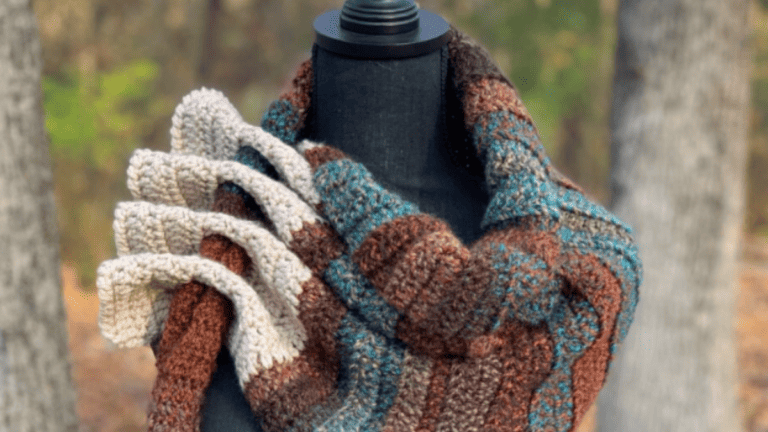
10 Comments